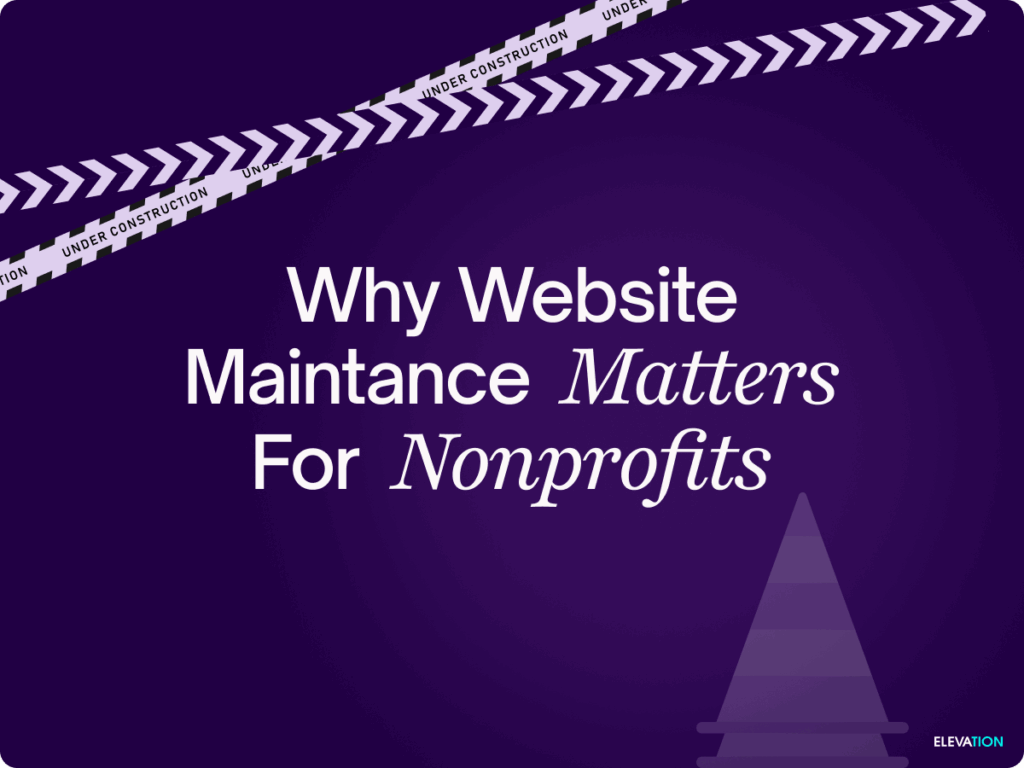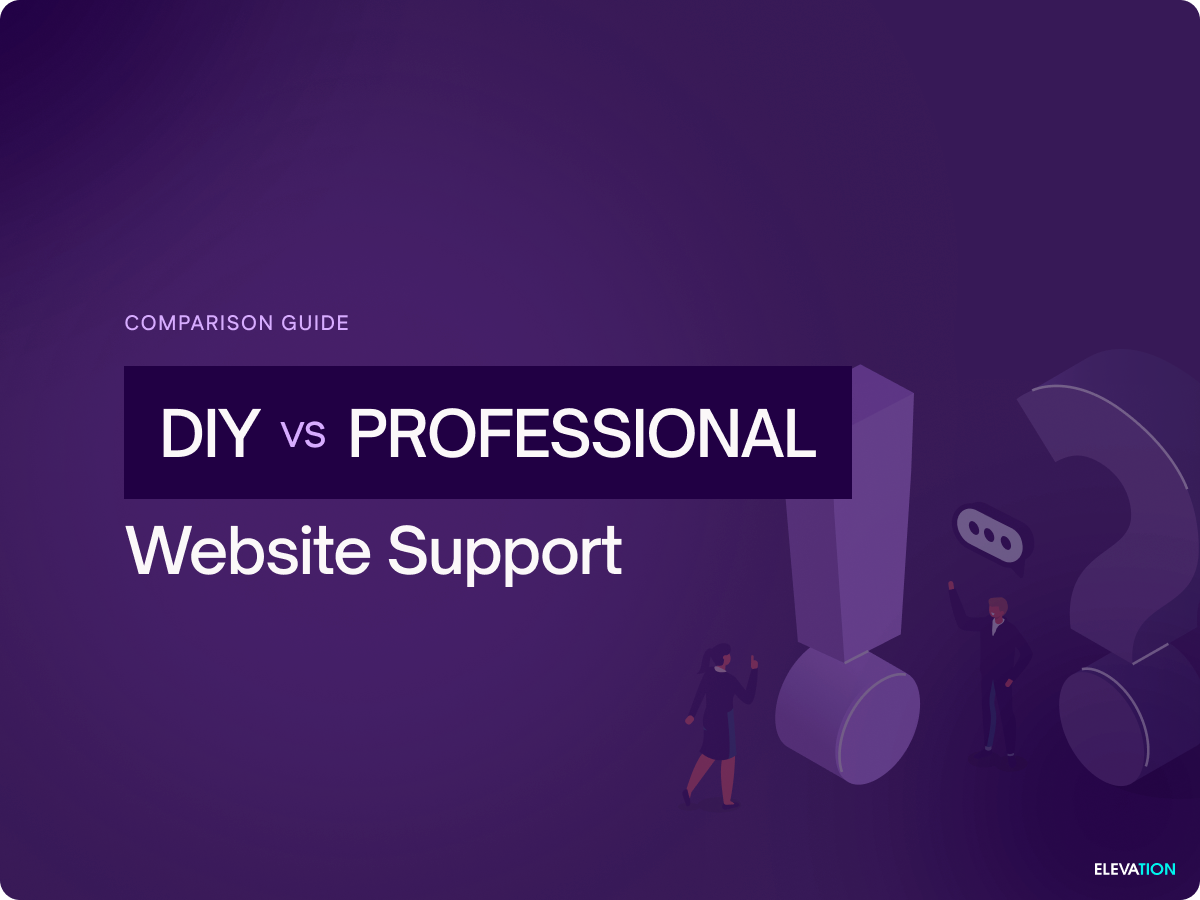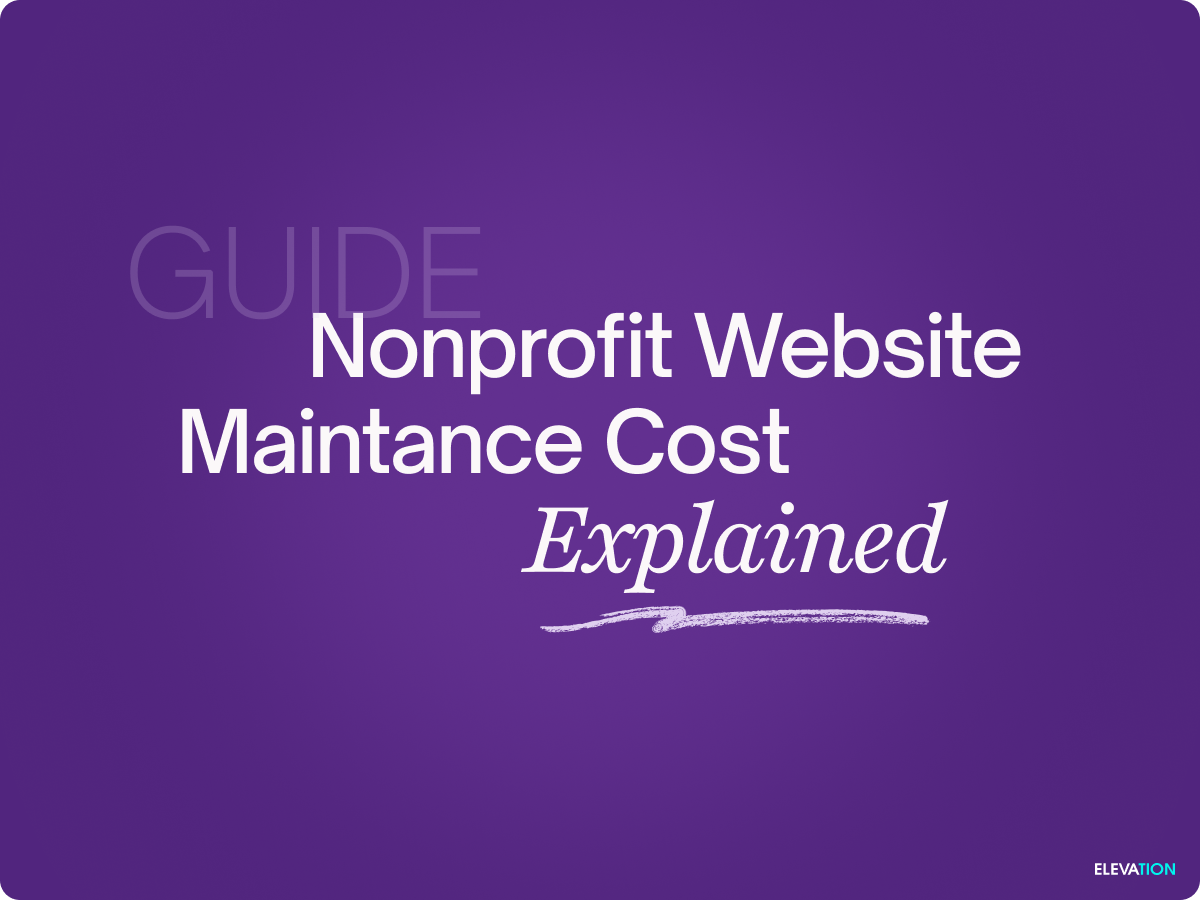
How Website Maintenance Supports Nonprofit Success
Investing in a stunning, functional website is a foundational step for any nonprofit. It serves as a digital hub where supporters, donors, and beneficiaries connect with your mission. Yet, creating a effective website is only just the beginning—it’s actually the ongoing maintenance that ensures it sustains its impact.
Below, we’ll explore why website maintenance matters and how it protects the integrity of your mission. By the end of this post, you’ll understand the key maintenance areas every nonprofit must prioritize to thrive online.
Security First: Why Updates Prevent Vulnerabilities
Every nonprofit collects some form of sensitive data, whether it’s donor information, email subscribers, or beneficiary applications. If your website isn’t secure, this data is vulnerable to breaches that could irreparably harm your organization’s reputation.
Hackers often exploit outdated software, plugins, and systems. Regular updates help patch these vulnerabilities before they are exploited. Here’s how security maintenance helps:
- Protecting data: Keeping your content management system (CMS), plugins, and security certificates up to date reduces the risk of data breaches. For example, installing the latest CMS version mitigates well-known risks that hackers target.
- Ensuring compliance: Many nonprofits must comply with data protection laws like GDPR or HIPAA. A secure website helps you meet these requirements while honoring your supporters’ trust.
Actionable Tip:
Schedule monthly maintenance checks to monitor for software updates, expired SSL certificates, or unusual activity on your site. These proactive steps can save you significant headaches down the line.
User Experience: Broken Links and Slow Load Times = Lost Visitors
Your website is often the first impression your nonprofit makes. A broken, sluggish site can leave users frustrated and discouraged from engaging further. Research shows that 40% of users abandon a site that takes longer than three seconds to load. Multiply such occurrences, and you could be losing potential donors or valuable volunteers daily.
Small issues, like broken links or missing images, can erode your nonprofit’s credibility instantly. If users can’t find the information they need, they’re far less likely to return. Meanwhile, a seamless, fast-loading site not only keeps users engaged but can also improve your search engine rankings, helping even more people discover your organization.
Actionable Tip:
Use free tools like Google PageSpeed Insights and online broken-link checkers to regularly audit your website and address inefficiencies.
Donor Trust: Outdated or Buggy Websites Hurt Credibility
Donors want to feel secure when they contribute to your cause. If your website looks outdated, isn’t functioning correctly, or doesn’t display basic information like recent updates or testimonials, potential donors may hesitate to give. A poorly maintained site can create doubts about your nonprofit’s professionalism and how funds are managed.
Consider this scenario: a donor lands on your site intending to give. However, they encounter a broken donation page or vague, uninviting messaging. Instead of supporting your cause, they may walk away—or worse, choose to give elsewhere.
Actionable Tip:
Regularly test your donation forms, event sign-ups, and other key user interactions to ensure they’re functioning smoothly for all visitors.
Accessibility Compliance: Regular Checks Are Essential for Inclusion
Nonprofits serve diverse communities, so accessibility is non-negotiable. Ensuring your website complies with accessibility standards like the Web Content Accessibility Guidelines (WCAG) demonstrates your commitment to inclusion. This includes designing with features like:
- Incorporating alt text for images, so people who use screen readers understand your visuals.
- Keyboard navigation that enables users with motor disabilities to interact with your site.
- Readable font sizes and contrasting colors to improve legibility.
Failing to meet these accessibility benchmarks isn’t just unethical—it can also result in legal consequences. Accessibility ensures everyone, regardless of ability, has equal access to your mission and resources.
Actionable Tip:
Perform regular accessibility audits using tools like WAVE or Axe to identify and resolve barriers on your website.

Content Freshness: Maintained Sites Stay Relevant and Engaging
Your website should adapt to your nonprofit’s evolving story. Old blog posts, outdated event calendars, and stagnant imagery can make users question whether your organization is still active. Regularly updating your website with fresh, relevant content keeps your audience engaged and showcases your ongoing impact.
Additionally, search engines favor active websites. Publishing new blog posts, case studies, or updates helps improve your SEO rankings, making it easier for people to find you online.
Actionable Tip:
Create a content calendar to schedule regular updates like blogs, testimonials, or press releases. Aim for one fresh piece of content per month to stay relevant and boost engagement.
Website Maintenance Protects Your Mission Online
Your website is much more than a digital brochure—it’s a powerhouse for mobilizing support, sharing your mission, and driving donations. However, none of this is possible if your site isn’t maintained. A secure, accessible, and up-to-date website protects your nonprofit’s credibility while amplifying its impact.
Not sure where to start with maintenance? Consider outsourcing to experts or creating an internal team tasked with routine checkups. For personalized guidance, schedule a free consultation with Elevation—a trusted partner in nonprofit website care.


